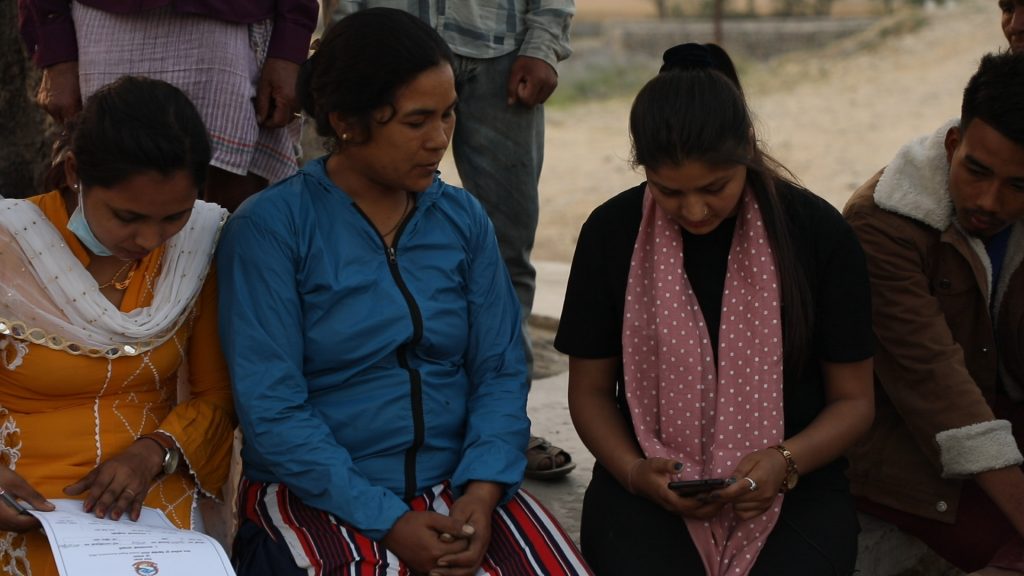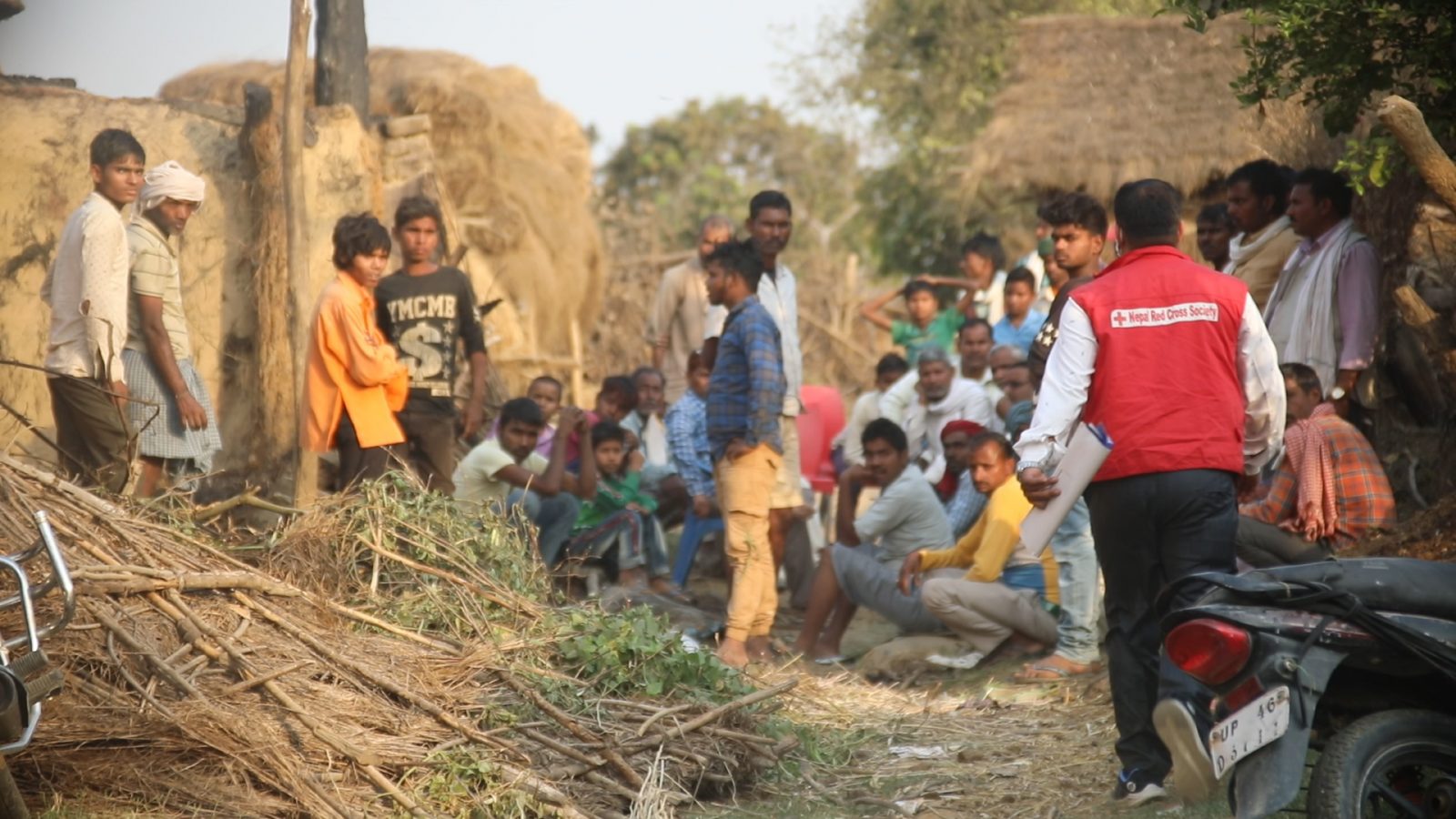The Initial Rapid Assessment (IRA) and the Assessment and Coordination Team (ACT) are two vital tools that assist the government of Nepal and humanitarian actors to respond immediately and effectively to post disaster needs. The information generated through IRA helps to assess the impacts and identify immediate needs within 24 hours of a disaster, which is crucial for planning immediate response. While in parallel, a swift deployment of the ACT members means that there is efficient coordination amongst government authorities at all levels.

With the “Preparedness for Emergency Response” project funded by the European Union Civil Protection and Humanitarian Aid Operations, the Nepal Red Cross Society has been working with the support of the Danish Red Cross and other movement partners to strengthen the preparedness and response capacities of the government of Nepal for efficient, effective and targeted emergency response. After continuously working on improving and standardizing the IRA guideline and ACT mechanism, the National Disaster Risk Reduction Management Authority (NDRRMA) has approved the IRA guideline on 16 June 2021. The Red Cross led the process of formulating the guideline and mechanism and provided technical assistance in collaboration with the NDRRMA.
As per the Disaster Assessment Guideline, the government has given the responsibility of conducting IRA to the Nepal Red Cross Society. Under this project, the NRCS has prepared and finalized the IRA data collection template and report processing and generation system. The project has also developed the IRA Nepal mobile application that can be used to gather and consolidate the information on a web-based portal which is time efficient and reduces the risk of data loss. The process of ACT protocol development, updating member roster, capacity building of the members was also conducted to strengthen the ACT mechanism with the support of the project.

As Nepal braces for a heavy monsoon season, the government’s decision has come at the right time. Endorsement of these guidelines will ensure that the two mechanisms are embedded into the emergency response system of the government of Nepal and the NRCS. That means in case of a disaster, the ACT members can be immediately deployed to improve the coordination between stakeholders at all three government tiers and an IRA is immediately conducted to analyse the ground situation to plan and prepare for emergency response, potentially saving lives of the affected people and alleviating their suffering.
*This project is implemented by Nepal Red Cross Society with the support of a consortium formed by the Danish Red Cross and the Finnish Red Cross.

